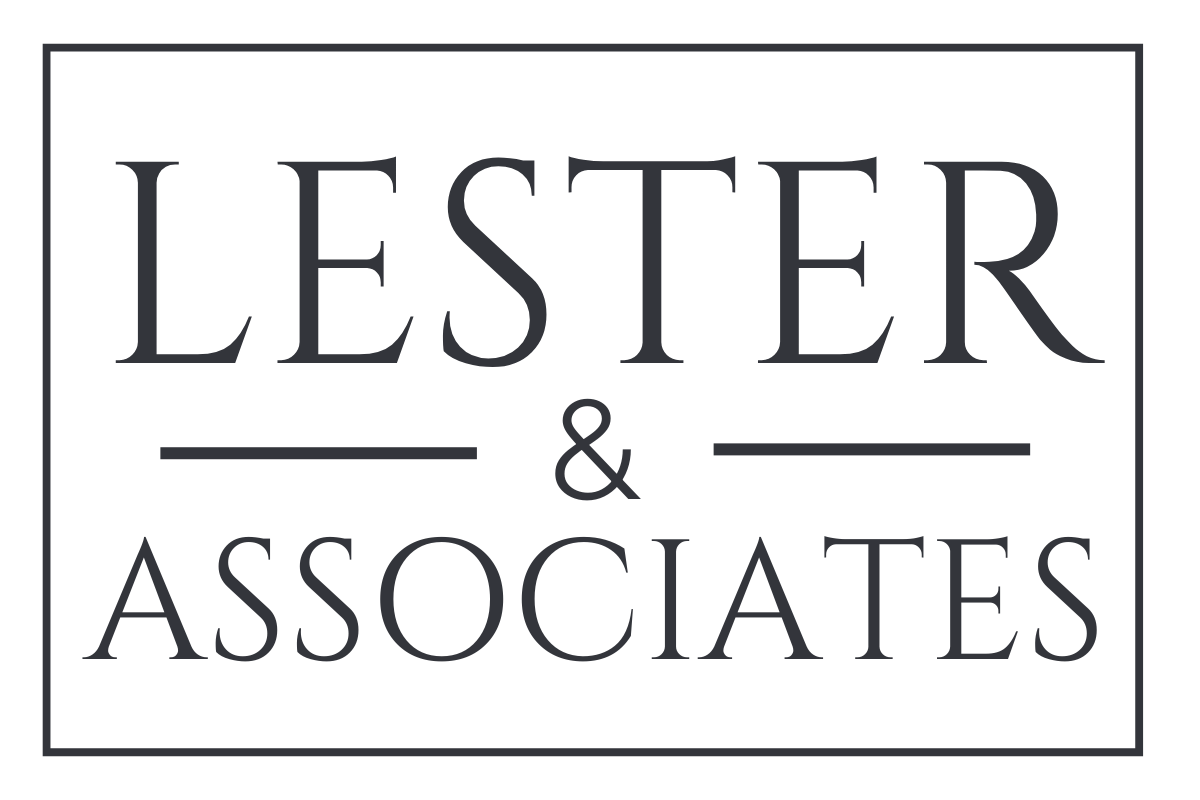Notices and Cautions Under the Land Titles: 2013
Notices and Cautions Under the Land Titles Act (Ontario)
In any lawsuit, it is helpful to have security for your claim so that there will be something to recover if and when you obtain a judgment. When you sue a fraudster, you can be reasonably sure that s/he will take active steps to dissipate, once s/he is aware that you have commenced an action. As such, anything that can freeze an asset for you –quickly and cheaply – is most helpful.
I have written before about the bringing of motions for injunctions or certificates of pending litigation. Both can very effectively tie up real property. Both take some time to obtain, however, since you need to move with affidavit evidence. In Ontario, there is another way to freeze up real property very quickly, as a prelude to an injunction or CPL motion, and this is by way of registration of a caution or notice under the Land Titles Act.
Section 71 of the Land Titles Act (Ontario) provides that any person “entitled to or interested in any unregistered estates, rights, interests or equities in registered land may protect the same from being impaired by any act of the registered owner” by registering (among other things) a notice or caution on title. This registration then gives the outside world notice of your interest.
Under the doctrine of Equity, a constructive or resulting trust arises where property (including money) is obtained by fraud or theft. Thus, where money is stolen from its rightful owner, this owner can recover the amount stolen (subject to the discussion below) from any person into whose hands the money can be traced unless and until it reaches one who receives it in good faith, and for value and without notice of the fraud. Thus, where money is stolen from its rightful owner, the thief holds such money in trust for such rightful owner (i.e., the beneficiary). Similarly, where a fraudster steals money and then provides it to an “innocent volunteer” (i.e. someone who did not pay fair market value for the asset without notice of any fraud), the innocent volunteer also holds the money in trust the true owner, even if the innocent volunteer had no knowledge of the fraud. The recipient and/or holder of the stolen funds, or any asset into which the funds can be traced is a “constructive trustee” of the funds or asset to the benefit of the true owner.
Therefore, if we can trace “dirty” money into a property, then we have an unregistered interest or equity in that property and we are entitled to register a notice or caution under the terms of the Land Titles Act. That being said, in my view, it is good to use this device with some caution and some humility. When you bring a motion for an injunction or a CPL, a judge reviews your materials and sanctions the granting of the order. If you obtain an order on false grounds or you do not provide full and fair disclosure to the judge, there can be cost sanctions down the road and your order can be dissolved. While the registering of a notice or caution on title is fast and easy, this procedure does not contain the safeguards that are inherent in the motion process by which an order is granted. For this reason, a good approach to use is to ensure first that you am satisfied that you do in fact have an equitable charge over the property at issue. Then, by all means, arrange for the registration of the caution or notice. Finally, take the necessary steps to obtain a court order that recognizes the equitable interest.
If you have further questions about this, feel free to contact me.
